
Tsubasa RESERVoir CHRoNiCLE Hindi Subbed [06/26] | Tsubasa Chronicle Hindi Sub
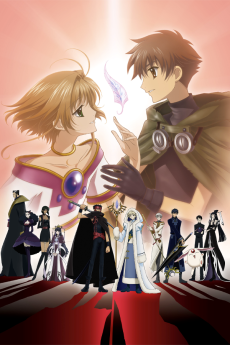
Tsubasa Chronicle
Tsubasa RESERVoir CHRoNiCLESynopsis
During an excavation at the mysterious ruins in Clow Country, Syaoran discovers his childhood friend Princess Sakura appear on the site with wings that disperse into many feathers. As the feather's disappear to different dimensions, so does Sakura's memory. In attempts to save Sakura's life and restore her memory, Syaoran travels through to another world to find a solution. There's only one thing left he can do. Travel through to different dimensions to collect Sakura's feathers. Helping out with the quest is Kurogane, an exiled ninja from Japan Country who wishes to return to his world, the runaway magician, Fay, who desires to jump between each world never to return to his own and the white meat-bun shaped creature, Mokona.
Watch Trailer
Characters
Tsubasa: Reservoir Chronicle Season 1 – A Dimensional Odyssey with Flaws and Charms
Tsubasa: Reservoir Chronicle Season 1, a 2005 anime adaptation of CLAMP’s ambitious manga, is a bold yet imperfect journey through a multiverse of adventure, romance, and mystery. Spanning 26 episodes, this fantasy epic follows Syaoran, a determined archaeologist, and Sakura, the memory-lost princess of Clow, as they traverse dimensions to recover her scattered memories in the form of magical feathers. Accompanied by the stoic swordsman Kurogane, the enigmatic mage Fai D. Flowright, and the mischievous creature Mokona, the group’s quest weaves together CLAMP’s signature blend of emotional depth, intricate world-building, and crossovers with their other works, like Cardcaptor Sakura and xxxHolic. While the series shines with its unique premise and heartfelt character dynamics, it stumbles with pacing issues, filler content, and a divisive animation style that doesn’t fully capture the manga’s grandeur. Here’s a fresh, in-depth look at what makes Season 1 a compelling yet flawed gem in CLAMP’s oeuvre.
A Groundbreaking Premise with Multiversal Stakes
The core concept of Tsubasa: Reservoir Chronicle is refreshingly ambitious for its time. Premiering in 2005, the series taps into the multiverse trend well before it became a pop culture staple. The idea of dimension-hopping to collect fragments of Sakura’s memories is both emotionally resonant and narratively versatile, allowing each arc to explore distinct worlds with unique cultures, conflicts, and aesthetics. From the steampunk-inspired Hanshin Republic to the feudal Outo Country, the settings feel alive and varied, offering a sense of constant discovery. The stakes are deeply personal—Syaoran’s unwavering devotion to saving Sakura, even at great cost, anchors the story with a romantic core that feels earnest and timeless. The addition of Kurogane and Fai, each with their own mysterious motivations, adds layers of intrigue, hinting at darker undercurrents beneath the adventure.
However, the story’s simplicity can be a double-edged sword. The episodic “feather-of-the-week” structure, where each world typically revolves around finding a single memory feather, risks feeling repetitive. While the manga uses this formula to build toward complex revelations, the anime’s first season often leans too heavily on self-contained arcs, delaying the overarching plot. This approach makes the narrative feel fragmented, especially for viewers unfamiliar with CLAMP’s broader universe, as crossovers with characters from xxxHolic or Chobits may confuse newcomers without prior context.
Characters: A Lovable Ensemble with Untapped Potential
The heart of Tsubasa lies in its characters, whose chemistry elevates the series despite its flaws. Syaoran is a quintessential shonen hero—brave, selfless, and driven by love—but his quiet determination and subtle growth make him more than a cliché. Sakura, though initially a passive figure due to her memory loss, gradually reveals strength and agency, particularly in the season’s latter half. Kurogane’s gruff exterior and Fai’s playful mystery create a dynamic balance, with their banter and loyalty to the group fostering a family-like bond. Mokona, while divisive for its high-pitched antics, adds levity and serves as a narrative device for dimension-hopping.
Yet, the anime only scratches the surface of these characters’ depths. Fai’s enigmatic past and Kurogane’s internal struggles are teased but underdeveloped in Season 1, leaving viewers wanting more. The slow pacing exacerbates this, as filler episodes often prioritize world-specific side stories over character exploration. Fans of the manga, in particular, may feel shortchanged, as CLAMP’s intricate backstories are diluted or omitted.
Animation and Art: A Mixed Bag
Studio Bee Train’s animation is a major point of contention. While CLAMP’s manga is renowned for its detailed, elegant art, the anime’s visuals feel inconsistent. Character designs retain some of the manga’s charm, but facial proportions and stiff movements often fall short of expectations, especially compared to contemporaries like Fullmetal Alchemist or Code Geass. Backgrounds are vibrant in some worlds but lackluster in others, and action scenes, while occasionally dynamic, suffer from repetitive choreography and limited fluidity. The series’ age shows in its 480p resolution for many releases, though Blu-ray versions offer crisper visuals.
That said, the anime’s aesthetic isn’t without merit. Certain arcs, like the Outo Country’s Edo-inspired setting, showcase creative world design, and the use of color palettes effectively reflects each dimension’s tone. However, the adaptation’s failure to fully translate CLAMP’s intricate style remains a sore point, especially since Production I.G.’s later OVAs (Tokyo Revelations) proved the story’s visual potential.
Soundtrack: A Masterpiece That Steals the Show
If there’s one undisputed triumph in Tsubasa: Reservoir Chronicle Season 1, it’s Yuki Kajiura’s soundtrack. Her orchestral compositions, blending ethereal vocals, stirring strings, and haunting melodies, elevate every scene. Tracks like “A Song of Storm and Fire” and “Hear Our Prayer” capture the series’ adventurous and emotional spirit, often carrying moments that the animation or pacing fail to deliver. The opening theme, “Blaze” by Kinya, sets a rousing tone, while the ending “Loop” by Maaya Sakamoto is a poignant earworm that resonates with the show’s themes of love and loss. Fans and critics alike praise the music as a standout, often citing it as a reason to persevere through slower episodes.
Pacing and Filler: The Achilles’ Heel
The most frequent criticism of Season 1 is its sluggish pacing and reliance on filler. While the manga maintains a balance between episodic adventures and plot progression, the anime stretches arcs with unnecessary pauses, flashbacks, and extended conversations. Entire episodes, including the season’s finale, are filler, deviating from the source material and frustrating manga readers. CLAMP themselves reportedly disavowed the adaptation, particularly for its divergence from the manga’s darker, more complex tone. The Outo arc is a rare highlight, blending action and character moments effectively, but even this feels dragged out compared to its manga counterpart.
This pacing issue is compounded by NHK’s broadcast restrictions, which toned down violence and mature themes, making the series feel sanitized compared to CLAMP’s vision. The result is a show that struggles to maintain momentum, especially in its middle stretch, where repetitive arcs and lackluster antagonists dampen the stakes.
A Unique Experience with Lasting Appeal
Despite its flaws, Tsubasa: Reservoir Chronicle Season 1 offers a unique blend of multiversal storytelling, heartfelt romance, and CLAMP’s signature crossover charm. Its exploration of love, sacrifice, and identity resonates, particularly for fans of the manga or CLAMP’s other works. The series’ nostalgic vibe, bolstered by its stellar soundtrack, evokes a sense of adventure that’s hard to resist, even if the execution doesn’t always match the ambition. Compared to other 2005 anime like Shakugan no Shana or Noein, it falls short in animation and pacing but stands out for its creative premise and emotional core.
Should You Watch It?
Tsubasa: Reservoir Chronicle Season 1 is a mixed bag that’s best suited for fans of CLAMP, fantasy adventures, or multiverse narratives. If you’re new to the series, the manga is a stronger starting point, as it avoids the anime’s filler and pacing issues while offering richer character development. However, the anime’s music and character chemistry make it worth a try, especially if you temper expectations for its visuals and narrative fidelity. Watching in Japanese with subtitles is recommended, as the English dub, while featuring talents like Vic Mignogna and Monica Rial, struggles to capture certain characters’ nuances, particularly Kurogane.
Final Verdict: Tsubasa: Reservoir Chronicle Season 1 is a flawed but endearing journey through CLAMP’s multiverse. Its innovative premise and unforgettable soundtrack are hampered by slow pacing, filler, and lackluster animation, but the core story and characters still shine. For those willing to overlook its shortcomings, it’s a nostalgic adventure with flashes of brilliance. Score: 7.5/10
Recommendation: Read the manga first, but if you’re curious about the anime, stream it on a service like Funimation or Crunchyroll to gauge your interest before committing to Season 2 or the superior OVAs.
Support Our Anime Community!
Love watching the latest anime? Help us keep uploading new episodes by join telegram channel ❤️
Join Now!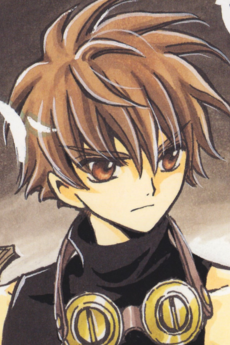

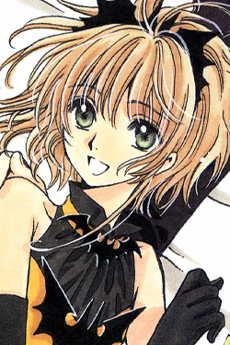


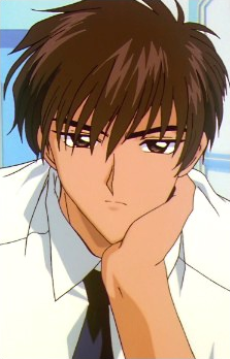
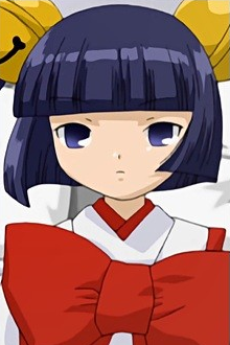
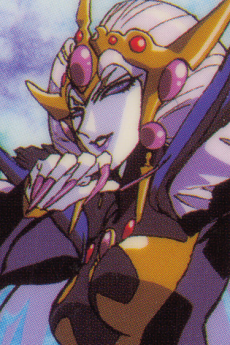

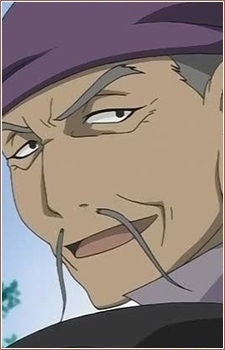
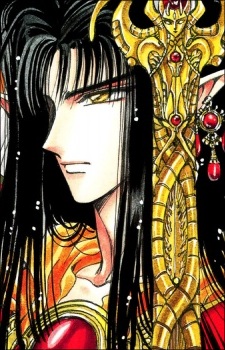


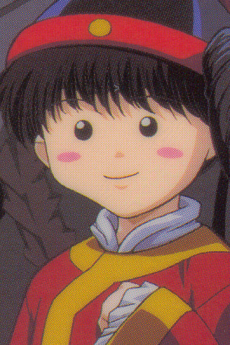
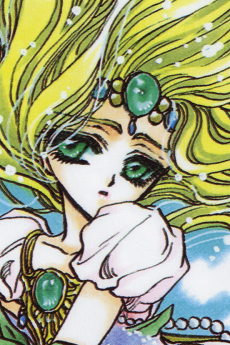
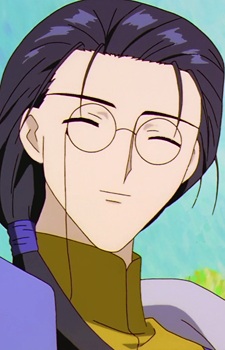
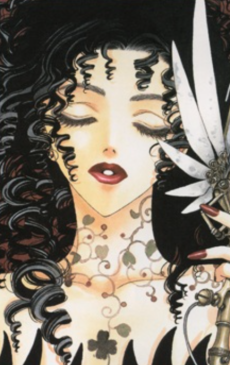
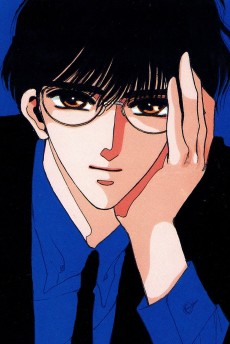


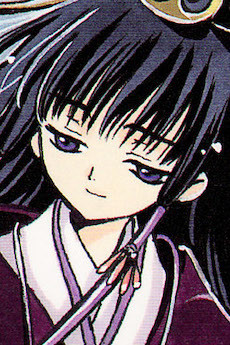
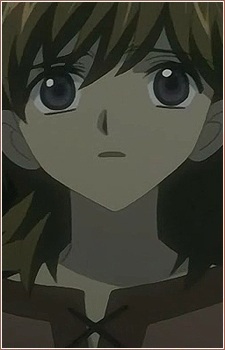
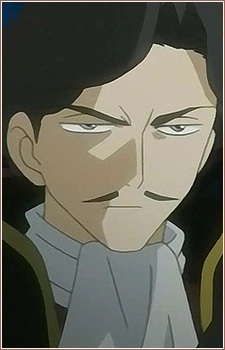
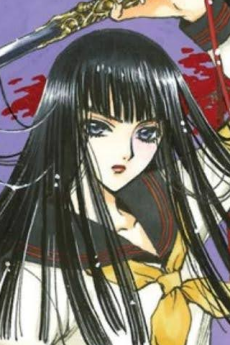
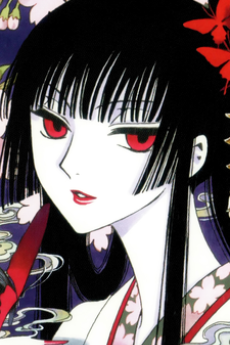


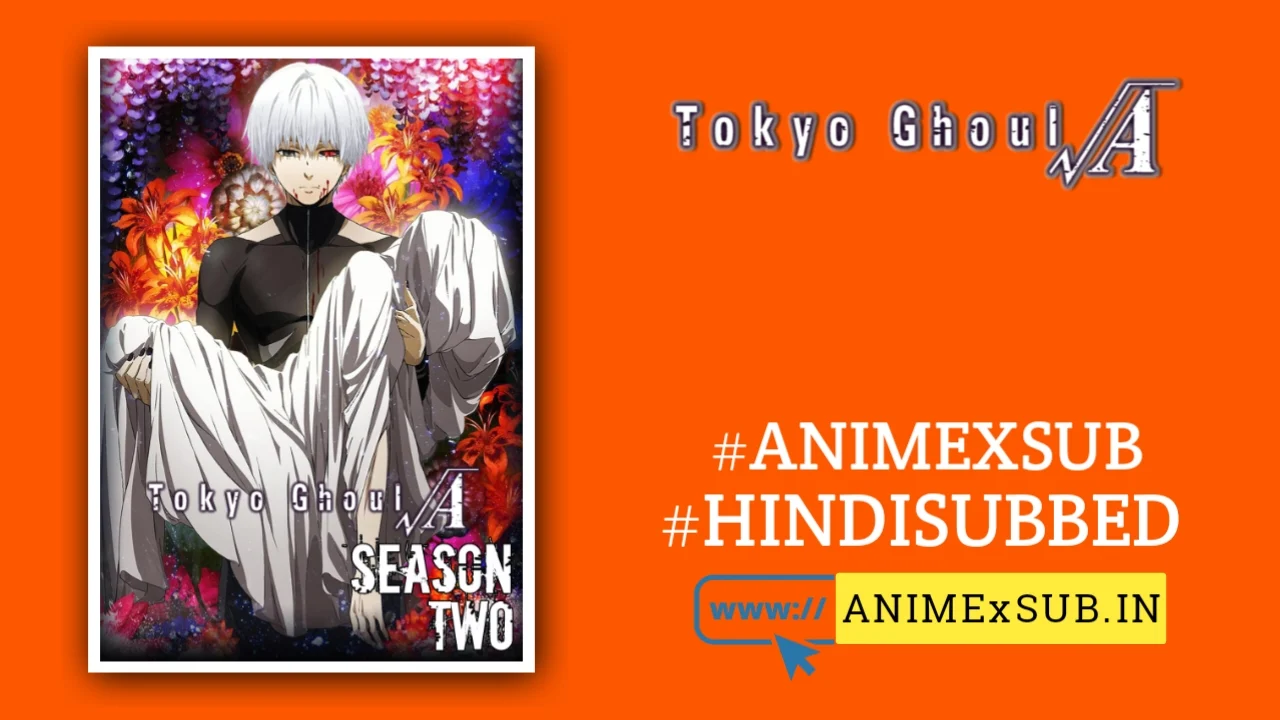

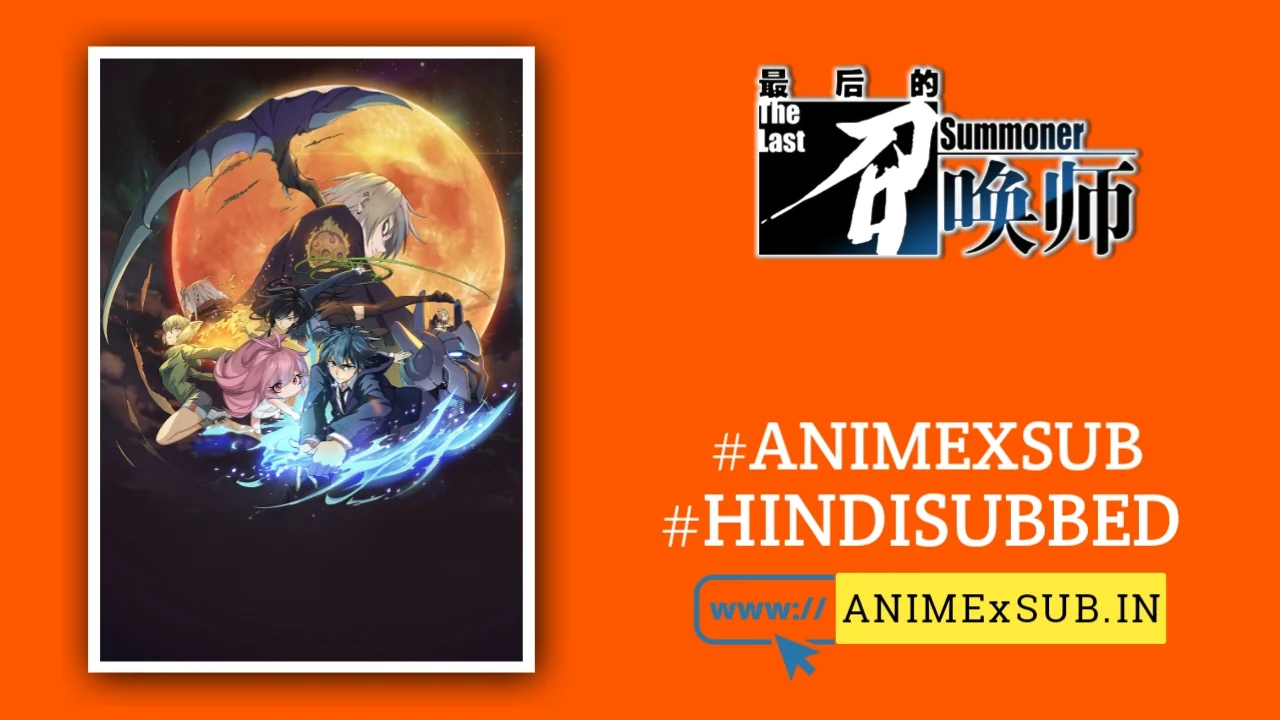
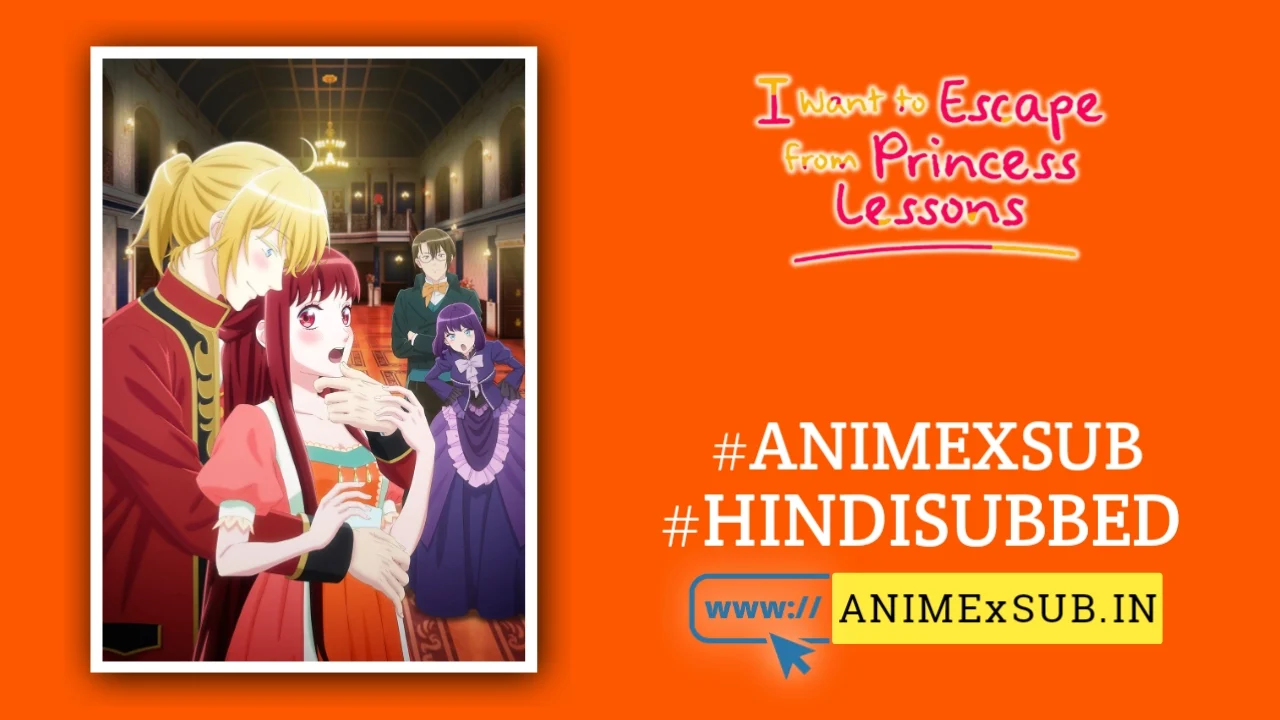
Is anime series ki sare episode kab tak hindi sub hoge?
Please jaladi is anime ke 2 season mein 52 episode Hindi sub kardena bhai
Karunga bro thora wait kare